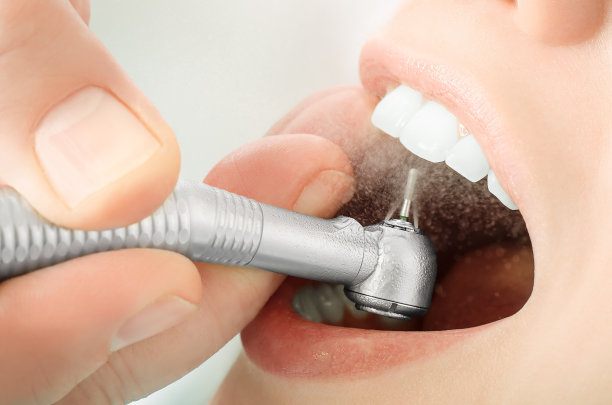Exploring the Advantages and Current Innovations in Dental Implant Treatment for Enhanced Oral Health Restoration
Summary: Dental implants have revolutionized the approach to oral health restoration, providing numerous benefits over traditional methods. This article delves into four key aspects of dental implant treatment: improving patient quality of life, advancements in implant technology, enhanced aesthetics and functionality, and the long-term financial benefits of choosing implants. Each section sheds light on how these innovations not only enhance oral health but also transform the overall dental care experience, making it more effective, comfortable, and beneficial for patients. Overall, this exploration underscores the vital role dental implants play in ensuring lasting dental solutions, and highlights ongoing innovations that continue to drive the field forward.
1. Improving Patient Quality of Life

Dental implants significantly enhance patients quality of life by restoring their ability to chew, speak, and smile confidently. Missing teeth can lead to difficulties in eating a balanced diet or speaking clearly, which can adversely affect social interactions and self-esteem. With the integration of dental implants, patients can experience a dramatic improvement in their daily activities.
Moreover, dental implants function like natural teeth. Unlike traditional dentures that can slip or cause discomfort, implants are securely anchored in the jawbone, providing a stable foundation for prosthetic teeth. This stability allows patients to enjoy all their favorite foods without limitations, enabling them to lead a healthier lifestyle.
Additionally, the psychological benefits of dental implant treatment cannot be understated. The restoration of a full smile can boost self-confidence, reducing feelings of embarrassment or social anxiety associated with missing teeth. Consequently, patients often report improved relationships and increased social participation.
2. Advancements in Implant Technology
Innovative advancements in implant technology have drastically improved the effectiveness and success rates of dental implants. Modern materials such as titanium and zirconia are now commonly used for their biocompatibility and strength. These materials promote osseointegration, allowing implants to fuse effectively with bone tissue, ensuring durability and support.
Computer-guided implant placement represents another significant advancement. Using advanced imaging techniques, dental professionals can map out precise placement of implants, which reduces the risks of complications during the procedure. This technology enhances procedural accuracy and often leads to shorter recovery times for patients.
Furthermore, the introduction of mini dental implants provides an alternative solution for patients with insufficient bone structure. These smaller implants can be placed with less invasive techniques, often requiring no bone grafting, making the process more accessible for those who once thought they were ineligible for dental implants.
3. Enhanced Aesthetics and Functionality
The aesthetic outcomes of dental implants are one of their most compelling advantages. They can be designed to match the color, shape, and size of a patients natural teeth, providing seamless integration into the smile. This aesthetic appeal goes a long way in restoring patients confidence in their appearance.
Functionally, dental implants offer superior performance compared to removable dentures or bridges. With a strong foundation, they allow patients to bite and chew naturally, preserving the ability to enjoy a varied diet, which is essential for overall health. This natural functionality is especially important for older adults who may face dietary restrictions due to missing teeth.
Additionally, dental implants can prevent the jawbone loss commonly associated with tooth loss. By stimulating the jawbone, implants help maintain bone density and facial structure over time, thwarting the sunken appearance that can accompany tooth loss. This consideration not only protects aesthetic facial features but also supports long-term oral health.
4. Long-Term Financial Benefits of Implants
When comparing the costs associated with traditional dental treatments to those of dental implants, many patients find long-term financial advantages with the latter. While the initial investment in dental implants may be higher, their durability leads to lower replacement costs over time. Many implants can last a lifetime with proper care, minimizing the need for future dental interventions.
Additionally, investing in dental implants can help reduce ongoing dental expenses related to oral health problems caused by missing teeth, such as gum disease and bone deterioration. Preventing these issues can lead to significant savings in dental care in the long run.
Insurance coverage for dental implants is also improving, with many plans beginning to include provisions for implant procedures. This trend makes dental implants a more accessible option for a broader range of patients, aligning financial feasibility with superior oral health outcomes.
Summary:
The exploration of dental implant treatment reveals numerous advantages that enhance overall oral health. From improving patients quality of life to shedding light on the latest technological advancements, it is clear that dental implants are more than just a restorative solution—they are a comprehensive approach to maintaining both functionality and aesthetics in oral health. With their long-term financial benefits also proving advantageous, dental implants represent a wise choice for many seeking lasting, impactful dental care.
This article is compiled by Vickong Dental and the content is for reference only.



